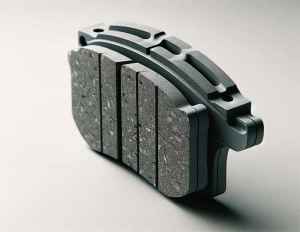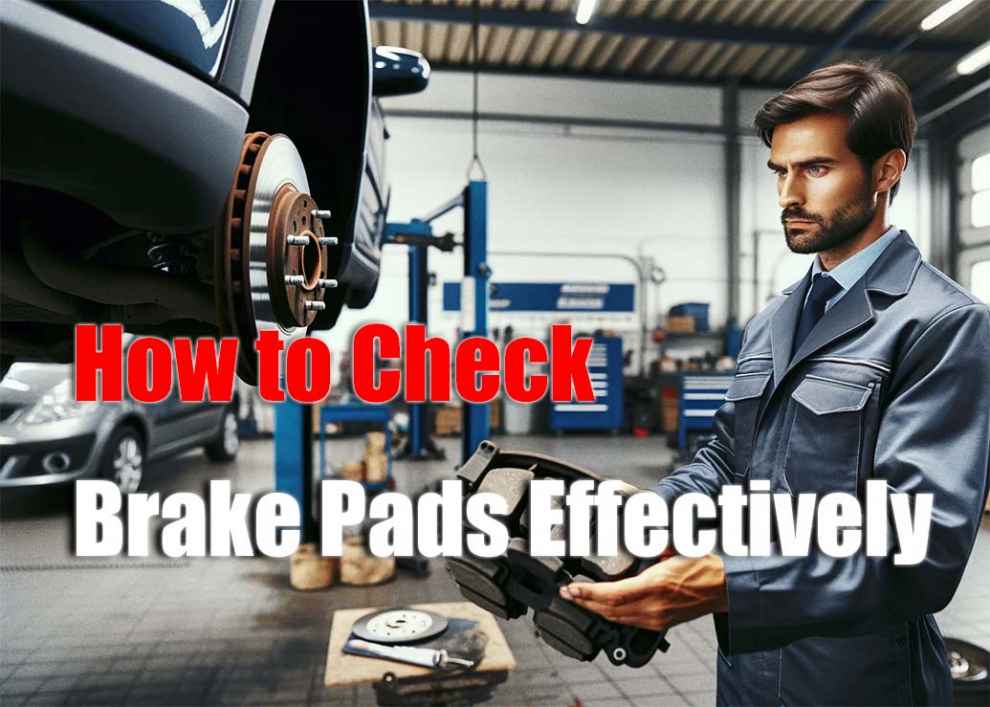Maintaining the health of your vehicle’s brake pads is not just a matter of routine vehicle upkeep; it’s a critical safety practice. The condition of the brake pads significantly influences the braking system’s effectiveness, directly impacting the vehicle’s stopping power and, by extension, the safety of its occupants and other road users. This guide aims to demystify the process of checking brake pads, offering vehicle owners a comprehensive understanding of when and how to inspect these crucial components. Through detailed instructions and insights, readers will learn to identify the signs of wear, assess the condition of their brake pads, and make informed decisions about maintenance or replacement. Proper attention to brake pads not only contributes to the vehicle’s longevity and performance but also reinforces safe driving practices. By empowering vehicle owners with the knowledge to perform regular checks, this guide supports proactive vehicle care, ensuring that drivers can confidently navigate the roads with the assurance of fully functional brakes.
Recognizing the Signs of Worn Brake Pads
The ability to recognize the signs of worn brake pads is fundamental to vehicle maintenance and safety. Ignoring these signs can lead to diminished braking performance, posing a risk to everyone on the road. Key indicators that your brake pads may require inspection or replacement include:
-
Squealing or Grinding Noises: Often the first sign that brake pads are nearing the end of their lifespan. Many brake pads are equipped with wear indicators that emit a high-pitched squeal when the pad material is low.
-
Increased Stopping Distance: If you notice that your vehicle takes longer to stop than usual, it could be a sign that your brake pads are worn and not making adequate contact with the brake rotors.
-
Vibration in the Brake Pedal: A pulsating or vibrating sensation in the brake pedal during braking is often indicative of uneven wear on the brake pads or issues with the rotors.
-
Visual Inspection: Regularly checking the thickness of your brake pads can help you visually identify when they’re worn down and in need of replacement. Brake pads should be replaced if the pad material is less than 1/4 inch thick.
Including a short mention about Best Brake Pads for Jeep Grand Cherokee in this context emphasizes the importance of choosing high-quality brake pads for specific vehicle models to ensure optimal performance and safety.
The Importance of Regular Brake Pad Checks
Conducting regular brake pad checks is an integral part of vehicle maintenance that ensures the braking system functions effectively. Through these inspections, vehicle owners can identify wear and tear before it leads to more significant issues, such as damage to the brake rotors or a complete brake system failure. Ideally, brake pads should be inspected every 10,000 miles or at least once a year, though more frequent checks may be necessary depending on driving habits and conditions. Regular maintenance not only prolongs the lifespan of the brake system components but also provides peace of mind, knowing that the vehicle is equipped to handle sudden stops and emergency braking scenarios safely.
Step-by-Step Guide on How to Check Brake Pads

-
Prepare Your Vehicle: Ensure it’s parked on a level surface, and the engine is turned off. Use wheel chocks for added safety.
-
Remove the Wheel: Loosen the lug nuts slightly, lift the car with a jack, and then fully remove the wheel to access the brake caliper and pads.
-
Inspect the Brake Pad Thickness: Without removing the caliper, observe the visible part of the brake pad. If the pad material is less than 1/4 inch thick, it’s time for a replacement.
-
Look for Signs of Uneven Wear and Damage: Check for any uneven wear, cracks, or other damage on the brake pads.
Deciphering Brake Pad Wear Indicators
Most modern vehicles come equipped with brake pad wear indicators that provide audible or visual cues when it’s time to replace the brake pads. Understanding these indicators can help you maintain your braking system effectively. If your vehicle’s brake pads are equipped with a wear indicator, you’ll likely hear a squealing noise during braking when the pads are worn down. This noise is a clear signal to inspect and, likely, replace your brake pads. Not all vehicles have these audible wear indicators, so visual inspections remain a crucial part of brake pad maintenance.
Conclusion
Knowing how to check brake pads and recognizing when they need to be replaced are essential skills for any driver. Regular inspections and timely maintenance of brake pads are crucial for ensuring the safety and reliability of your vehicle. By staying informed about the condition of your brake pads and responding promptly to any signs of wear, you can help prevent more serious issues with your vehicle’s braking system and enjoy safer driving experiences. Remember, while checking brake pads is a task many drivers can undertake, consulting a professional for the replacement and maintenance of brake components is always recommended for the best results.


Add Comment